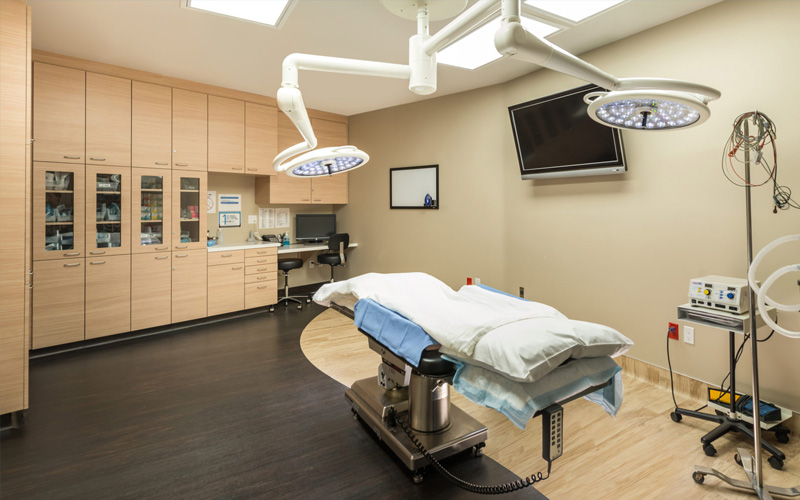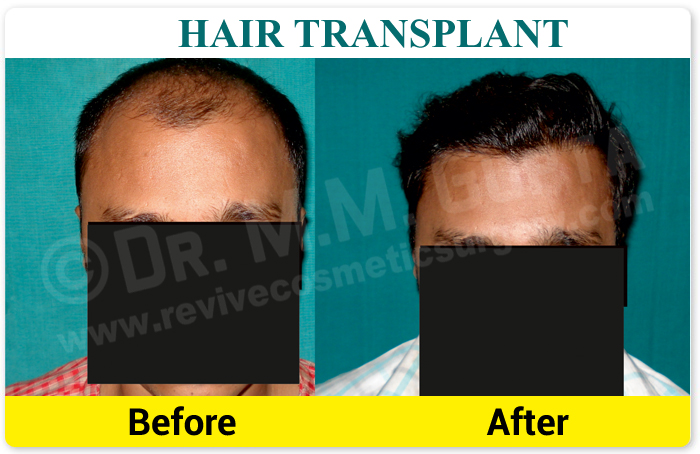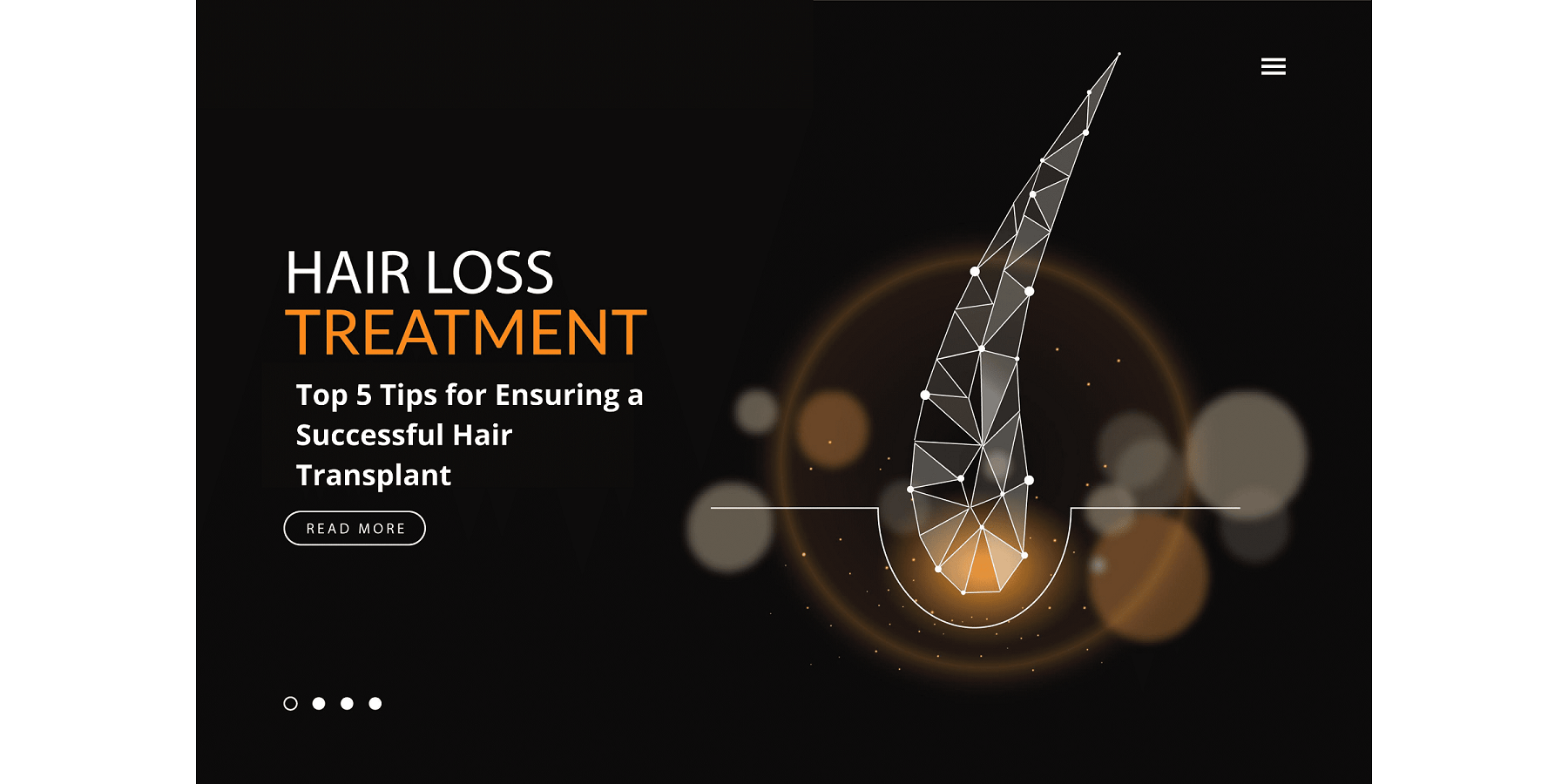- Pioneer
Quick Contact
revivecliniclko@gmail.com
+91 9721476547, +91 8400746979

Hair Transplants- FAQ
Hair loss results mainly from heredity. Other causes are stress, fungal or bacterial infection, affected liver or thyroid, crash dieting, dandruff, iron, calcium and vitamin deficiencies, systemic disease or side effect of prolonged medicines etc. These causes can be investigated and treated with suitable medicines.
Hair loss that does not respond to treatment and has progressed beyond grade three requires replacement with new growing hair, which is done by hair transplantation.
Hair weaving is tying a wig on the head with silk thread knots. Hair bonding is holding the wig with clips and hair fusion is sticking a light weight nylon wig with a double sided sticking tape.
These are all temporary methods. Prolonged use causes bad hygiene, pull out of the anchoring hair and excoriation of skin. These methods are not done by doctors.
The hair that is transplanted usually comes from the back of the head or the side of the head of you having the transplant. Also, body hairs; specially beard and chest hairs; can also be taken with FUE technique. Unless you have an identical twin with extra hair to donate, you must serve as your own donor. The hair follicle that is transplanted will produce hair in its new location. The hair follicles will not divide and multiple to produce several hairs in its new location. So, in that sense, the hair that is transplanted will not "spread".
This procedure is usually done in an office setting or outpatient surgery setting and is most commonly done under topical anesthesia which simply involves injection of local anesthetic. One risk of any such procedure would be the small possibility of an allergic reaction to the anesthetic used. Qualified doctor will have the proper equipment and training to deal with this type of risk. The other risks associated with any surgical procedure including hair transplantation would be the possibility of infection or significant bleeding. This is usually easily controlled by properly trained plastic surgeons. There is the possibility of visible scars where the hair is harvested at the side or back of the head. This is especially true if you experiences ongoing significant hair loss. There is always a risk that some of the individual hair follicles transplanted will not "take". In this case, the hair follicles will not survive and hair will not grow from that particular transplant. If, for some reason, a significant number of individual transplants fail, then the operation will fall short of the desired goal. As we said earlier, it is often necessary to do two or three sessions in order to achieve enough hair density to meet yours goal. If you continues to have progressive loss when one has placed a new graft in thin hair, there may come a rather patchy looking endpoint. In that case, it is sometimes necessary to perform yet another mini grafts transplant.
This is a modified FUT/ FUE technique in which patient's own blood is taken & send to lab to get P.R.P. (Platelet Rich Plasma). This P.R.P. contains growth factors & it is used in transplantation which is known as Bio FUT/ FUE. It is supposed to enhance growth of transplanted hair follicles. Using your own regenerative cells (P.R.P.) enhance the result of all phases of the procedure-
- Your own regenerative cells are used to promote rapid healing producing an almost undetectable "donor incision".
- During the surgical procedure all follicular units are then bathed in your regenerative cell culture medium to nourish the follicles and promote a higher yield of transplanted hairs.
- Your bio-enriched cells are injected into the transplanted area to promote faster healing, to improve the quality and aesthetic density of your existing non-transplanted hair.
There are few companies like ARTAS, NEO GRAFT & iBrain Robotics etc. which claim that if hair transplants is done with their machine then it is known as "Robotic Hair transplant" &/or machine uses artificial intelligence to give better results BUT the "Facts" are different.
- ARTAS: The machine uses a Robotic arm to harvest FUE & Implantation is done manually with Implanters.
Facts: An experienced FUE hair transplant surgeon is able to give better quality graft at a faster rate than ARTAS ROBOTIC ARM at a very reasonable rate. - NEO-GRAFT: Grafts are harvested with FUE technique & needle with a negative suction machine is used to extract graft (instead of forceps). Implantation is done manually
NO ROBOT IS USED IN ANY STEP.
Facts: An experienced FUE hair transplant surgeon is able to give better quality graft at a faster rate than Neo-Graft at a very reasonable rate.. - iBRAIN ROBOTICS: Grafts are harvested with FUE technique & needle with a negative suction machine is used to extract graft (instead of forceps). Implantation is done with Implanter using BIGGER size needles than conventional Implanters.
NO ROBOT IS USED IN ANY STEP. So it is a marketing gimmick to lure patients.
Facts: An experienced hair transplant surgeon is able to give able quality graft at a faster rate than iBRAIN ROBOTIC at a very reasonable rate.
In General, you should look for the center which are giving better results rather than centers using fancy words for the procedure.
In general, FUT & FUE are the most standard methods available worldwide. We are practicing the advance technique in Hair Restoration & is achieving very good results by FUT, FUE & BHT method since 2008.
OUR HAIR TRANSPLANT RESULTS WILL GIVE YOU CONFIDENCE IN US THAT WE CAN GIVE MORE VALUE TO YOUR MONEY.
What makes us unique?
Our Efficiency | Our Competency | Our Reliability | Our Dedication | Our Expertise in the respective fields.
Best Doctors
We have a team of doctors who are best in their respective fields of specialization for best results and maximum patient safety.
Best Plastic & Cosmetic Surgeon
MBBS, MS, MCh, DNB
- Our plastic and cosmetic surgeon are highly trained and best Hair Transplant Surgeon with more than 14 years of experience in doing Hair Transplant with excellent & world-class results.
- The most trusted, skilled, and experienced Hair Transplant and Cosmetic Surgeons in Lucknow and Varansi is owned by Revive Clinic
- Our surgeon is a Pioneer of the FUT technique of Hair Transplant in Uttar Pradesh.
- Our surgeon is a Pioneer of the FUE technique of Hair Transplant in Uttar Pradesh.
Best Gynecological Surgeon
MBBS, DGO, DNB
- Our gynecological and obstetrics doctor is highly trained Obstetrician, Gynecologist & Laparoscopic Surgeon with more than 17 years of experience.
- Our gynecological and obstetrics doctor is working as a Senior Consultant Obstetrician & Gynecologist at Fatima Hospital, Lucknow.
- Revive Clinic posseses one of the best and highly experienced Obstetrics & Gynecology & Laparoscopic doctors in Lucknow.

Testimonials
Video

Ultra-modern Centre
Hair Transplant Center
- We have state of art ultra-modern facility for hair transplant. We use ultra-hygienic and the best safety method for patient care.
- We have a dedicated Hair Transplant Operation Theater (Hair Lab.) with temperature and humidity control, ergonomically designed cutting platform, cold lights, ceiling lights with heat filters, preventing any damage to the Hair grafts.
- Revive Clinic is one of the leading hair transplant clinics in Lucknow, Uttar Pradesh, India. Our hair treatment procedures are best in class and give the best results.
- We offer the best hair transplant treatment with all the latest and best techniques & instruments.
- We ensure maximum patient's privacy, it is our first priority.
Obstetrical & Gynecology Treatment
- We have advanced facilities & equipment for providing the best obstetrical & gynecological treatment.
- All treatments are done by our highly experienced doctor taking utmost care for giving the best results and high priority for patient safety.
- At Revive we evaluate every patient for normal delivery as a primary option, doctor opt for caesarian delivery only in high-risk conditions for the safety of mother and baby.
- Revive clinic is one of the best obstetrical & gynecological clinics in Lucknow.
- Revive Clinic offers a wide range of obstetrical & gynecological care i.e. From contraceptive counseling to general gynecological & obstetrical services including Infertility Treatment for women at different stages of life, we are best in our field.
Best Results
- Our success is well spoken by thousands of our happy and satisfied patients of Hair Transplant & Plastic & Cosmetic Procedures both national as well as international. We are committed to patient's safety & satisfaction.
- 100% natural-looking results are given by our best hair transplant and cosmetic surgeon, with no side effects.
- We provide the best hair transplant & cosmetic Surgery results at very affordable costs.
- We have excellent results for infertility treatment.
- We give the best results for all Obstetric & Gynecological problems at a very affordable cost.
Professional Staff
Why us

State of Art CenterLatest Equipment & Techniques

- We use latest Equipments & Techniques to deliver top class Treatments
- Our center have relaxing environment with modern facilities and look
Qualified Doctor & StaffBoard Certified and Specialized Team

- Dr. M. M. Gupta is; experienced, highly qualified and skilled cosmetic surgeon; providing surgical services of International Standard.
- Our team consists of trained and caring staffs, available 24x7 for patient's care.
World Class ResultsMaximum Patient Satisfaction

- Combination of State of Art Center and Experienced, Highly Qualified & Skilled Cosmetic Surgeon bring out world class results, every patient expect.
- You can see Live Surgical Procedures and also meet our satisfied clients to gain confidence about our Excellent Results.

Our Specialities



Quick Contact
revivecliniclko@gmail.com
+91 9721476547, +91 8400746979
Mail Your Query Here

Credentials
Face
Hair & Skin
Body
Breast













































